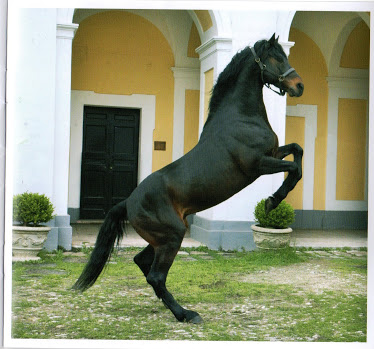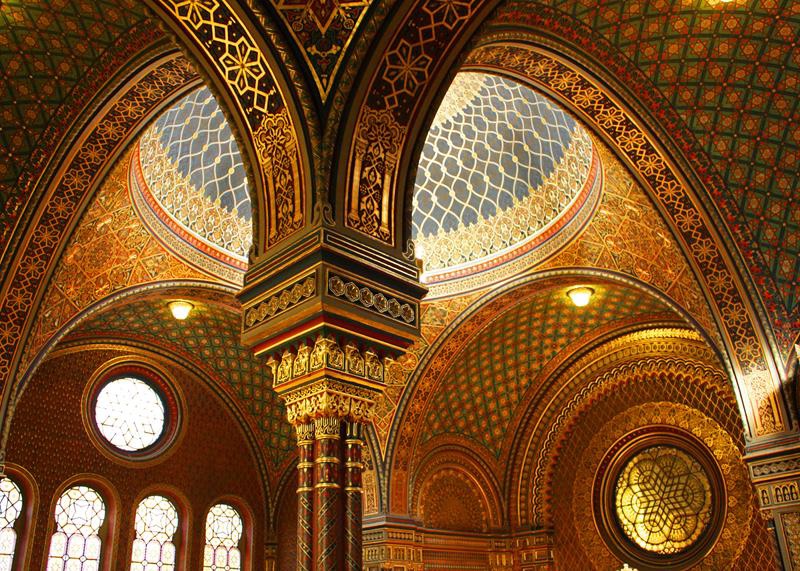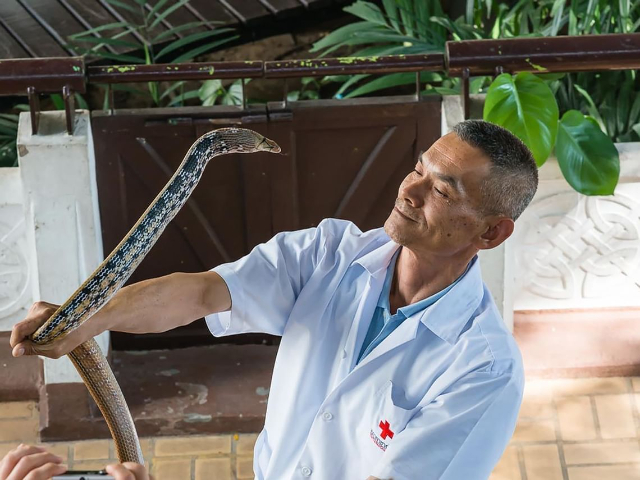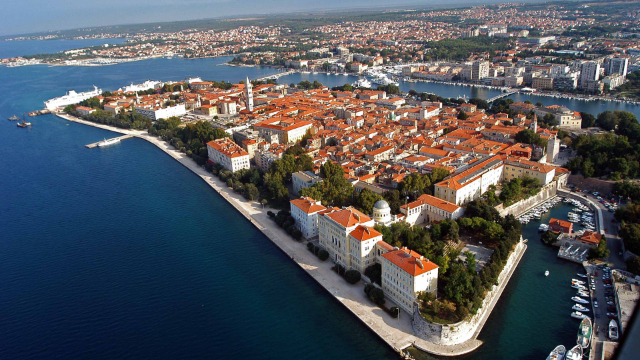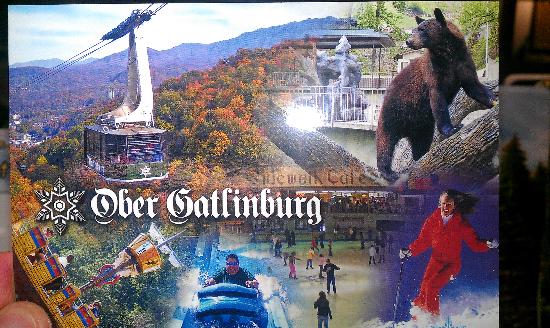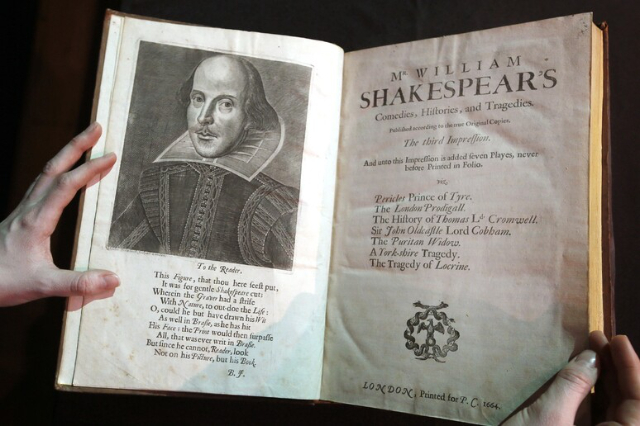The origin of the Persano horse is traditionally traced back to the year 1742, when Charles III of Bourbon initiated selection to give birth to the "Persano governmental breed." To this end he began to cross, at the Persano Estate in Campania, mares of the Neapolitan, Sicilian, Calabrian and Pugliese breeds with stallions of the Oriental-Turkish breed. In a dispatch dated December 31, 1763, Charles III ordered the introduction of some sire horses from Andalusia in order to improve the breed. Later some pure-blood Arabians and Persians were also introduced.
For more than a century the Persian was reputed as one of the finest breeds existing in Italy. This was made possible by the large number of arrangements that were made in order to preserve the genetic heritage of the "Royal Breed," as Charles III called it.
The inclusion of some breeding stock from Macklemburg "polluted" the purity of the breed, which was officially suppressed by a decree issued by War Minister Cesare Ricotti in 1874. All the animals were thus sold in the animal markets of Salerno.
It was only in 1900 that the breed was officially rebuilt, thanks to a new decree issued by the then Minister of War, which also sanctioned its division into two groups:
1st group Purebred Eastern Luati
2nd group Melton pure English blood
The mares, chosen by a committee of senior cavalry officers and veterinarians, were scouted from neighboring herds and Cavalry regiments and schools.
Following the suppression of the Quadruped Supply Center i Persano in 1954, the breed was reduced to about fifty brood mares, which were transferred to the Quadruped Collection Post in Grosseto, under the Ministry of Defense.
Speaking of conformation, the breed has an elongated head with a long neck. The shoulder is rightly sloping, the withers are pronounced and the dorso-lumbar line is short; the loins are short, the croup is sloping and short; the chest is broad and the thorax is deep.
The limbs are regular, fairly slender; the joints appear regular, and the gait is very harmonious and elegant; the loins are regular and the foot is relatively small.
